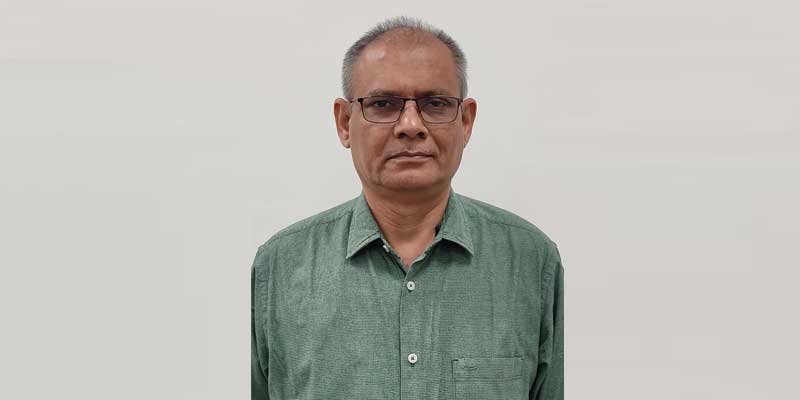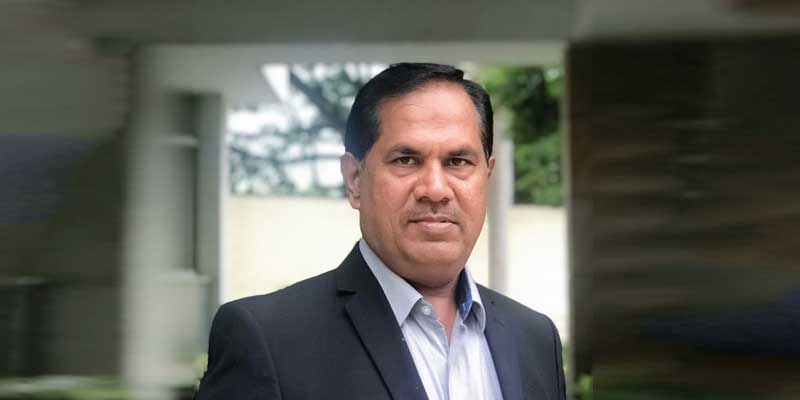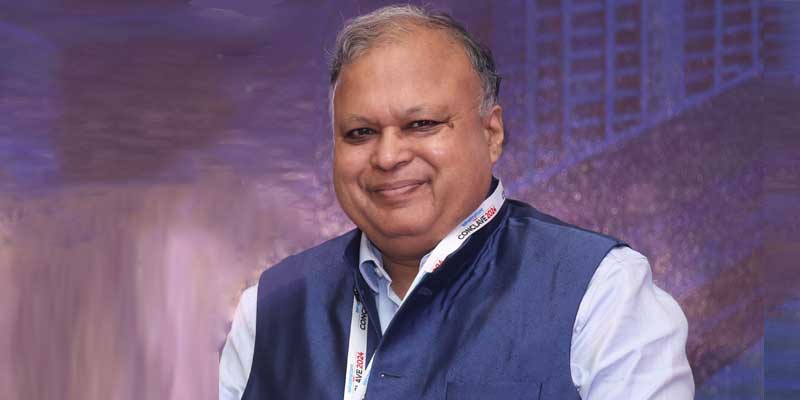Schedule a Call Back
Strong R&D is crucial for the success of Indian Railways: Dr Anirudh Gautam
 Interviews
Interviews- Sep 28,24

Related Stories

R&D fuels development of new robotic solutions: Satish Shukla
In this interview with Rakesh Rao, Satish Shukla, Co-founder of Addverb, highlights the importance of human-robot collaboration to deliver unique automation solutions for the factories of the future..
Read more
Use of aluminium in India's railways is growing steadily: A S Ganeshan
In this interview with Rakesh Rao, A S Ganeshan, Associate Vice President for Domestic Sales and Marketing, Jindal Aluminium, elaborates on benefits of aluminium in railway applications.
Read more
Sanjiv Garg: DFCs have improved turnaround time for freight trains
In this interaction with Rakesh Rao, Sanjiv Garg, Secretary General, Chartered Institute of Logistics & Transport (CILT), highlight Indian Railways’ transformation in the last few years.
Read more










